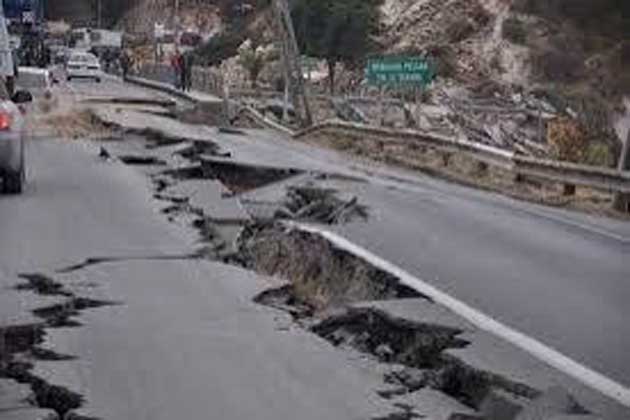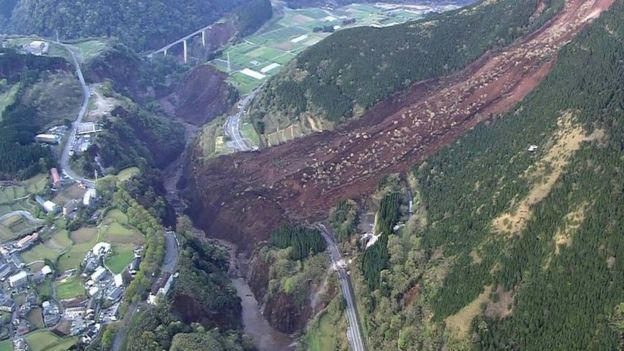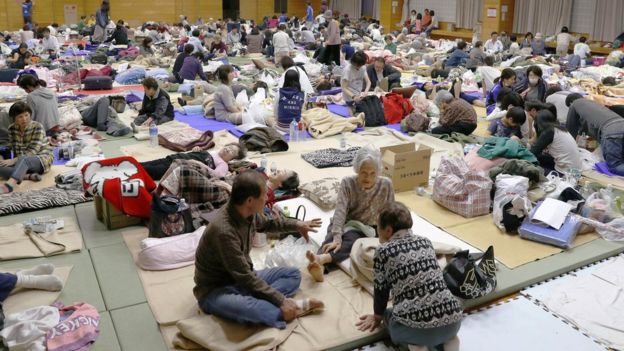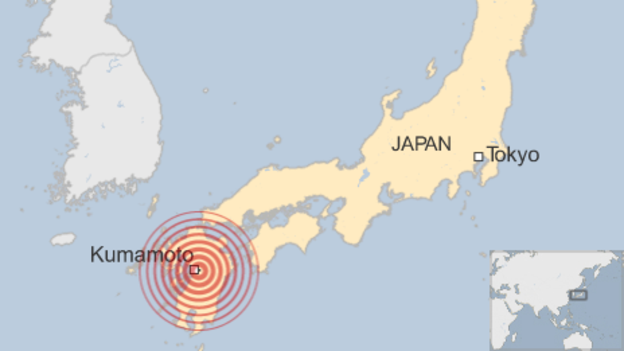Japan earthquake: Thousands spend night in cold and wet
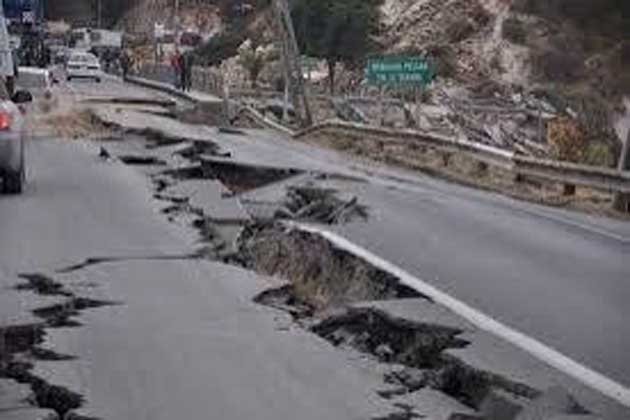
Tens of thousands of people have spent a cold and wet night in temporary shelters following two powerful earthquakes that struck the south-west Japanese island of Kyushu.
More than 240,000 people were urged to evacuate the area amid fears heavy rain could bring landslides and further damage, local media reported.
There is concern for dozens of people feared trapped under rubble.
More than 40 people were killed in Thursday and Saturday's quakes.
About 2,000 people were treated for injuries and nearly 200 are said to be in a serious condition.
It is raining, it is cold and there is no-one here: Mashiki is deserted.
It is not safe to stay. Walk round for 30 seconds and you will see why — house after house has crumpled or shifted off its foundations.
They are mostly single-storey or small apartment blocks. One has a crushed camper van partially holding it up. Another has a balcony that has been forced forward and is now teetering dangerously over the road.
A handful of cars passed us, slowing to swerve around the roof tiles that lie shattered on the road after the front of one small house fell forward, like something out of a Charlie Chaplin movie.
Inside you can see furniture, exposed by the earthquake. There is a blue walking frame getting wet in the rain.
In pictures: Japan earthquake
Japan's Prime Minister Shinzo Abe erlier admitted many people would be spending an uncomfortable night in evacuation centres, tented accommodation and even in their cars.
But he said his government would work through the night to provide them with food, water and medical supplies.
At least 50 people spent the night in their cars at a public park in the town of Ozu.
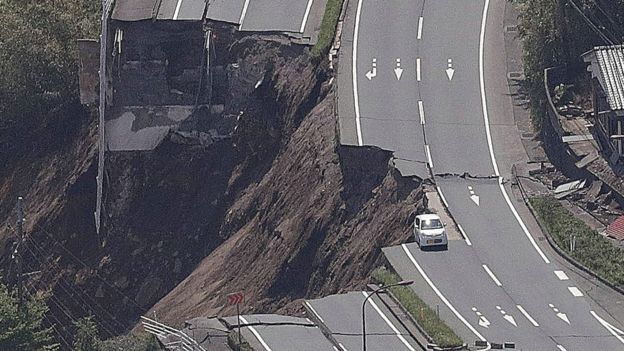
They included 62-year-old Yoshiaki Tanaka, his wife and 85-year-old mother. "I don't think we can go back [home]," he told the Associated Press. "Our life is in limbo".
Mr Abe also warned that rescuers were in a "race against time" to find survivors before the bad weather wreaked more damage. Overnight rescue operations "would be extremely difficult", he said.
Saturday's magnitude-7.3 quake struck at 01:25 (15:25 GMT on Friday) close to the
city of Kumamoto, which had been hit by a magnitude-6.4 quake on Thursday night.
Both quakes were shallow, causing huge damage to roads, bridges, tunnels, homes and buildings.
Big landslides cut off remote mountain villages. Some 100,000 households were without power and around 400,000 homes without water.
There were many reports of people trapped inside buildings. Chief Cabinet Secretary Yoshihide Suga said rescue workers were aware of "multiple locations where people have been buried alive".
One village had to be evacuated after a dam collapsed as a result of the quake.
Some 20,000 troops were deployed to help police and firefighters in the rescue effort.
As night-time — and the bad weather — approached, they handed out tarpaulins, along with food and water, at distribution points. Local shops quickly ran out of stock, and people spoke of their fear of running out of food, the AP reports.
Aftershocks continue to be felt.
Japan is one of the most seismically active areas on Earth, accounting for about 20% of global quakes of magnitude 6.0 or greater. Seismometers are recording some kind of event every five minutes, on average.
It is through bitter experience that Japan has learnt the strategies to mitigate damage, injury and death. Not only does it implement some the best building construction practices but it has also established an early warning network.
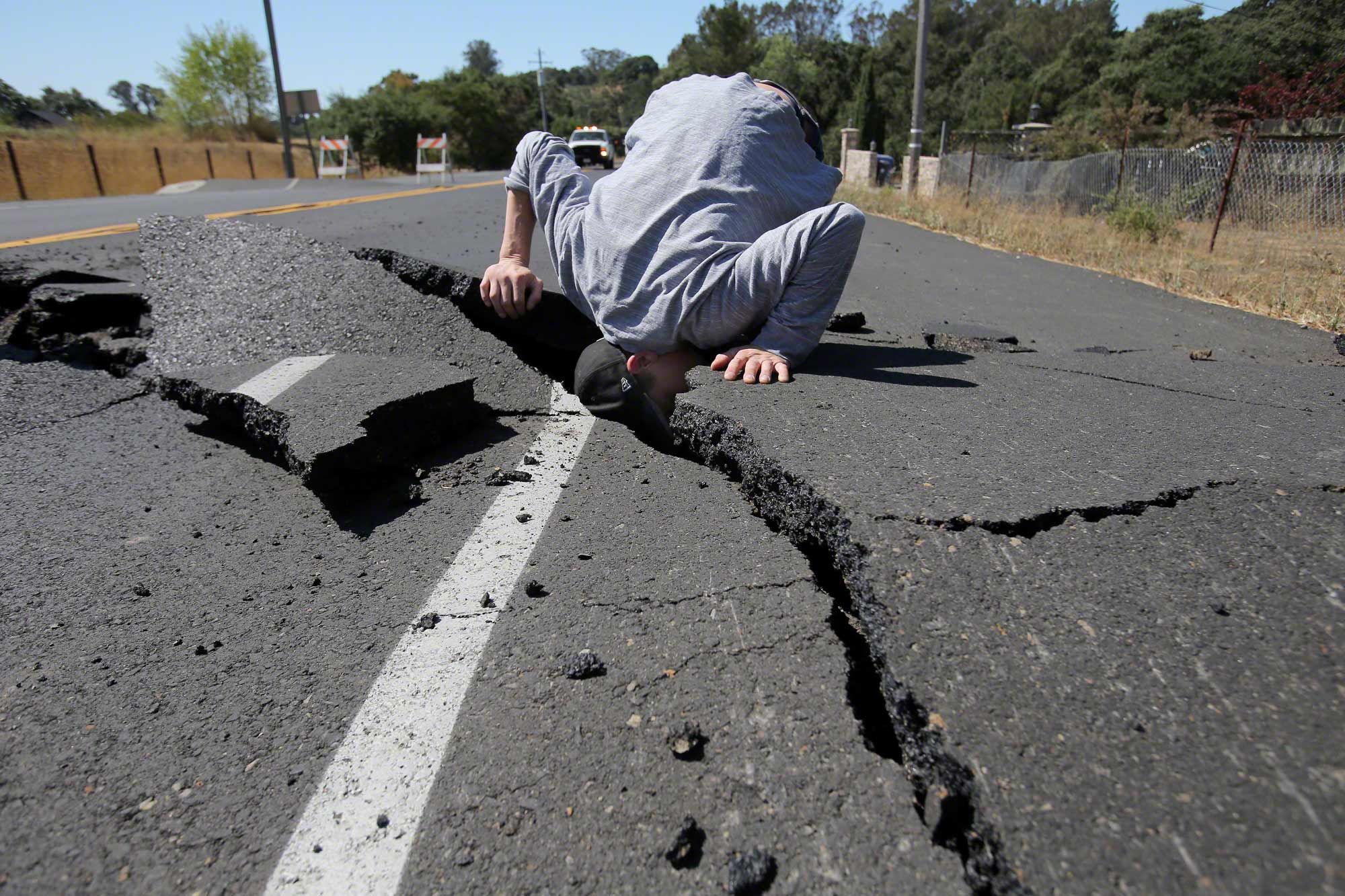
24 Aug 2014, Napa, California, USA — Aug. 24, 2014 — Napa, California, U.S. — NICHOLAS GEORGE of Carneros cranes his head down into a deep fissure in front of his house on Old Sonoma Road caused by a 6.0 earthquake early Sunday morning. (Credit Image: © Napa Valley Register/ZUMA Wire) — Image by © Lisa James/Register/ZUMA Press/Corbis
This system relies on the lightning analysis of the developing quake, establishing its location and strength. Alerts are then broadcast that can give people more distant from the epicentre vital seconds' notice.
Just 10 seconds is more than sufficient to drop and get under a sturdy table or open the doors of a fire station.
The prospect of buildings already damaged in Thursday's quake toppling over in this latest tremor will be a concern.
Политика конфиденциальности | Правила пользования сайтом
